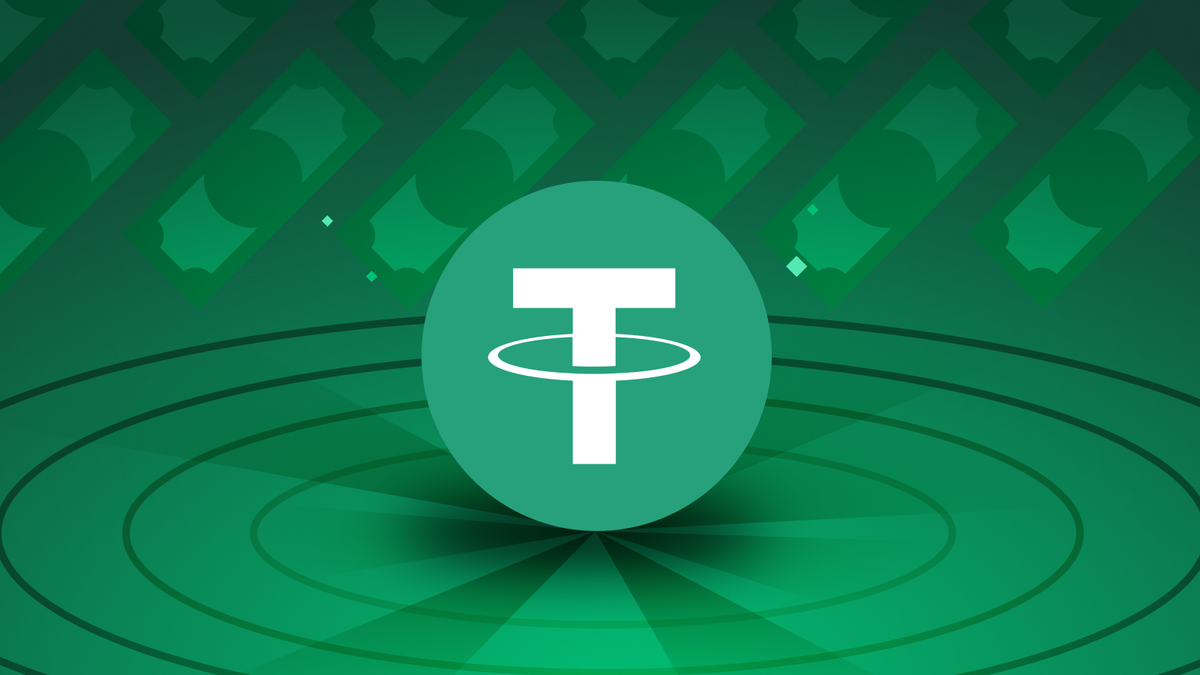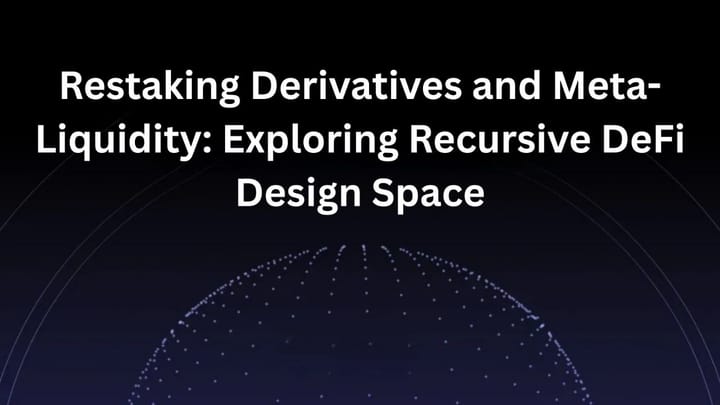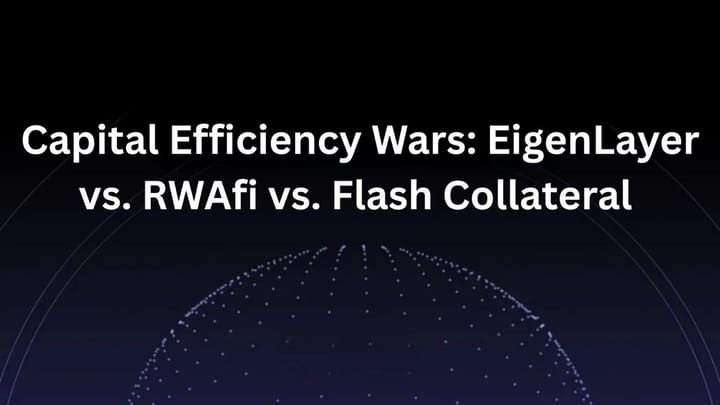Stable L1 by Tether: A Simpler, Cheaper Future for On-Chain Transactions

For most people, the idea of using blockchain should be as simple as sending money from one person to another. But in practice, blockchain still feels complicated — especially when it comes to paying transaction fees. The problem? You often need to hold a separate, volatile token just to make a transaction happen.
Tether, the company behind USDT, the most widely used stablecoin in the world, is now proposing a solution: Stable L1, a new blockchain network where USDT itself is used to pay for transaction fees — a radical simplification of how users interact with crypto infrastructure.
In this article, we explore how Stable L1 works, why it could change the way we think about gas fees, and what it means for the future of stablecoin usage.
The Problem with Traditional Gas Fees
Imagine trying to send USDT to a friend. You might think, “I have USDT — I should be good to go.” But on most blockchains, such as Ethereum or Solana, that's not enough. You also need to hold ETH or SOL to pay the gas fee, which covers the cost of processing the transaction on-chain.
This creates multiple pain points:
- You’re forced to buy and manage another token, even if you only want to use USDT.
- The token used for gas is often highly volatile, so the price of transacting can spike at any moment.
- For non-technical users or people in regions where buying tokens is difficult, this barrier can be a dealbreaker.
For institutions, this complexity creates operational overhead. For individuals, it creates friction and frustration.
Enter Stable L1: The USDT-Native Chain
Stable L1 is Tether’s direct response to this problem.
On this new blockchain, USDT is the native gas token. That means you can pay fees using the same currency you’re sending. No need to buy ETH. No need to juggle multiple tokens. Everything is handled in USDT.
Here’s what that unlocks:
- Simplicity: One token for everything.
- Stability: Predictable transaction costs.
- Speed: A network optimized for fast finality and low latency.
Stable L1 is not just another Layer 1 blockchain competing for attention — it’s a chain built around a specific and focused use case: making stablecoin usage more seamless and practical.
Why It’s a Big Deal
On the surface, replacing a volatile gas token with a stablecoin might not seem revolutionary. But in the context of real-world crypto adoption, it’s potentially game-changing.
1. Better User Experience
Most crypto wallets and apps still confuse new users. You download a wallet, deposit USDT, try to send it — and you’re told you need ETH or SOL to cover gas.
Stable L1 removes this hurdle. Now, having USDT is enough. That shift in UX is huge.
2. Lower Learning Curve
By eliminating the need to learn about gas markets, slippage, or volatile fee pricing, Stable L1 reduces the mental overhead of using blockchain. This could help onboard non-crypto-native users who want digital dollars, not crypto complexity.
3. Operational Efficiency for Institutions
For businesses that use USDT to pay vendors, settle trades, or move money internationally, managing a second token for gas adds accounting and custody complications. Stable L1 streamlines operations by aligning all on-chain activity with a single unit of account: USDT.
How Stable L1 Works
Tether has not yet released all technical details, but from the information available, we know the following:
- USDT is the native currency on the network — not just a token deployed on top of a base layer.
- The chain is optimized for high throughput and low fees, which could make it a preferred destination for USDT-based dApps.
- Transaction fees are predictable, likely leveraging a fixed or algorithmically controlled model.
- The network is expected to offer fast finality, enabling near-instant transaction confirmation.
We can expect Stable L1 to feature wallet integrations, developer tools, and bridges to other chains over time, especially if adoption grows.
Who Benefits from Stable L1?
🌍 Everyday Users
- Send money across borders using USDT only
- Don’t need to understand or manage gas tokens
- Enjoy faster and cheaper transactions
🏢 Businesses and Institutions
- Use USDT as both asset and gas fee
- Streamline payment systems and on-chain operations
- Improve cost visibility and simplify compliance
🧱 Developers and dApp Builders
- Create apps where users don’t need volatile assets
- Build with a fixed-value gas system
- Serve broader audiences, especially in emerging markets
Broader Implications
If Stable L1 gains traction, it could spark wider interest in stablecoin-native networks — chains where stablecoins aren’t just an application layer, but a foundational part of the protocol.
This could shift the crypto landscape in a few key ways:
- Reduced dominance of volatile L1 tokens as “gas coins”
- Rise of single-token economies, where one stable asset does everything
- Simplified UX across crypto wallets and dApps
Moreover, we may see other stablecoin issuers follow Tether’s lead — creating dedicated chains with their own coins as native gas.
Possible Challenges
Of course, Stable L1’s path forward isn’t guaranteed. Here are a few challenges:
- Ecosystem support: Will major wallets, bridges, and exchanges support Stable L1 out of the box?
- Validator incentives: Without a volatile token to reward validators, what economic model will sustain the network?
- Adoption: Will users and developers migrate to a new chain built primarily around one use case?
Tether’s reputation — and the size of the USDT ecosystem — gives it a strong foundation. But network effects still matter, and building a robust developer community will be key.
Conclusion
While the crypto world often chases complexity — new protocols, rollups, zk-tech, and Layer 3s — Stable L1 reminds us that simplicity can be powerful.
A blockchain where stablecoins do everything, including paying for gas, is easy to overlook. But it directly solves one of the most annoying problems in crypto: needing extra tokens to move your money.
In an industry obsessed with innovation, sometimes the real breakthrough is just making things easier.


Comments ()